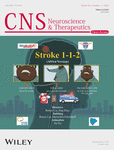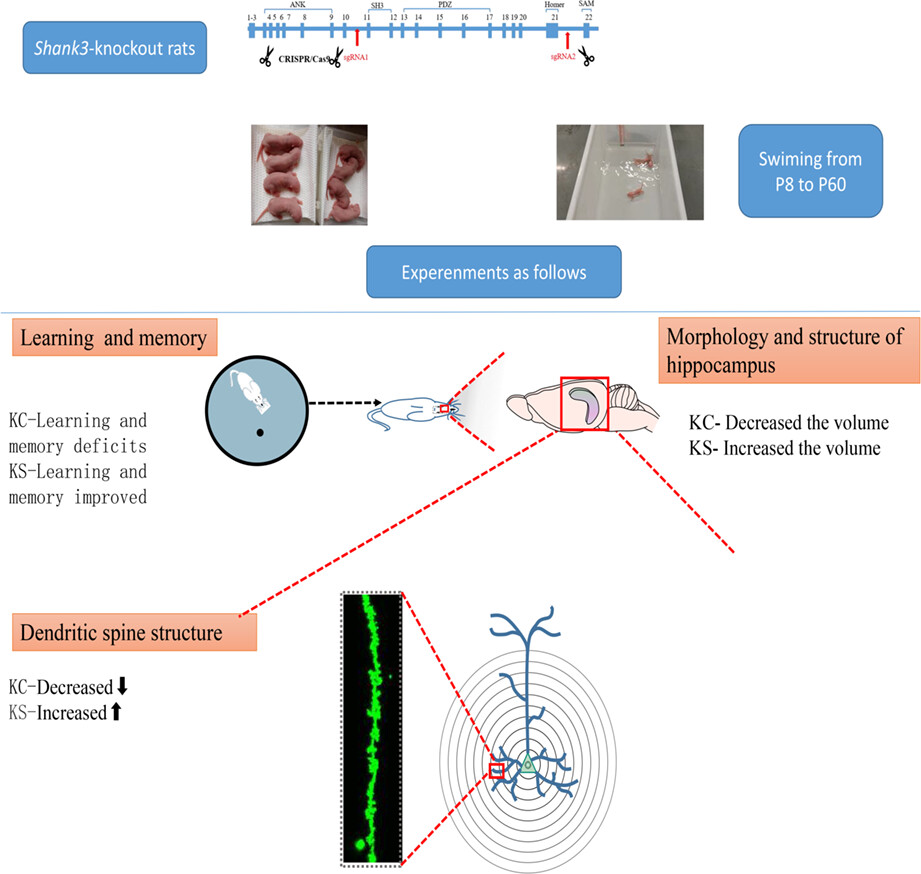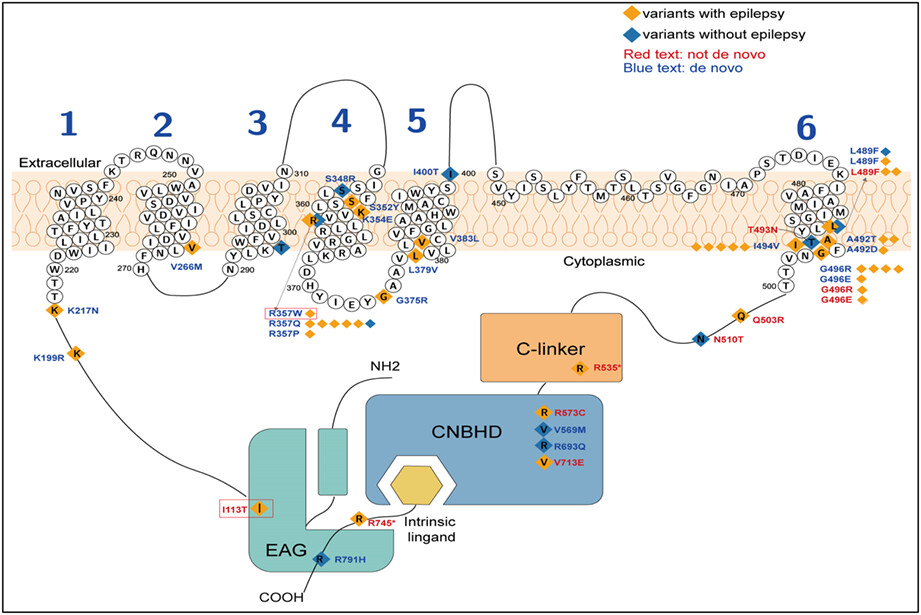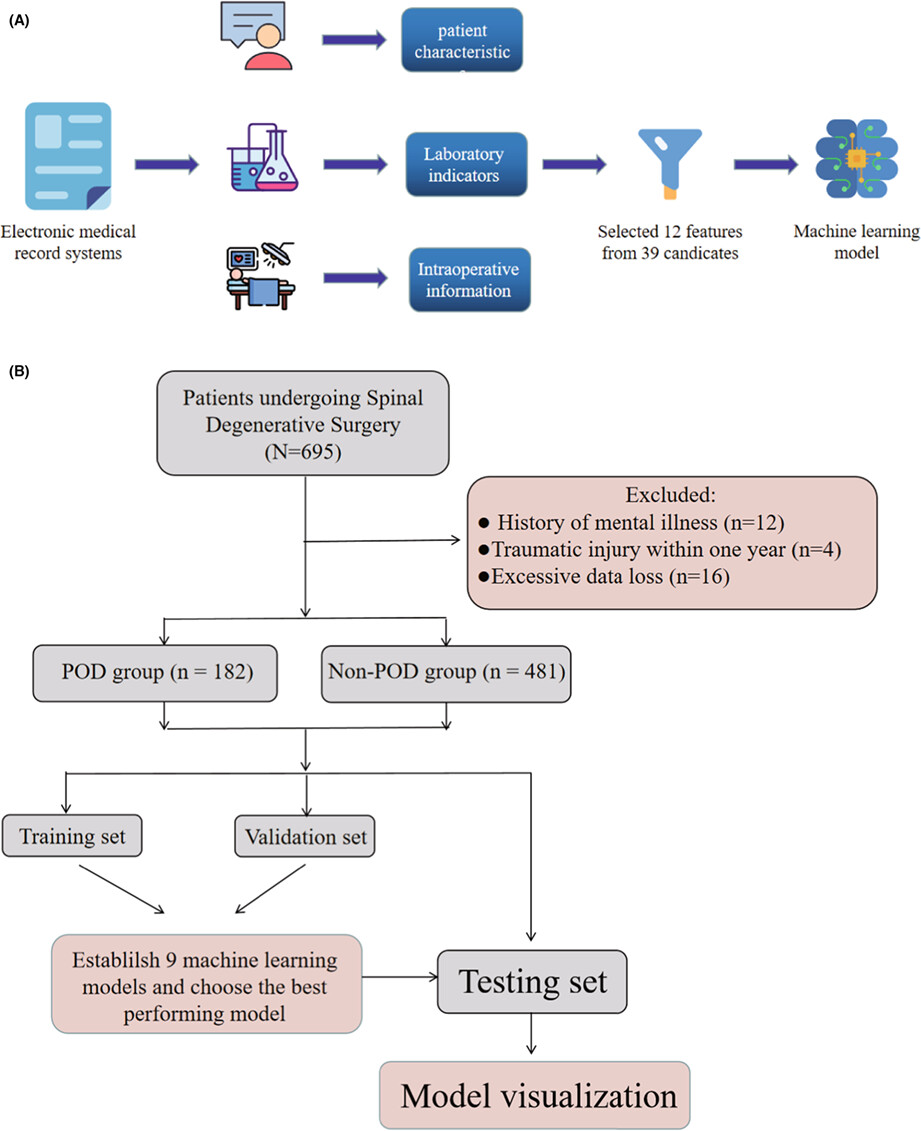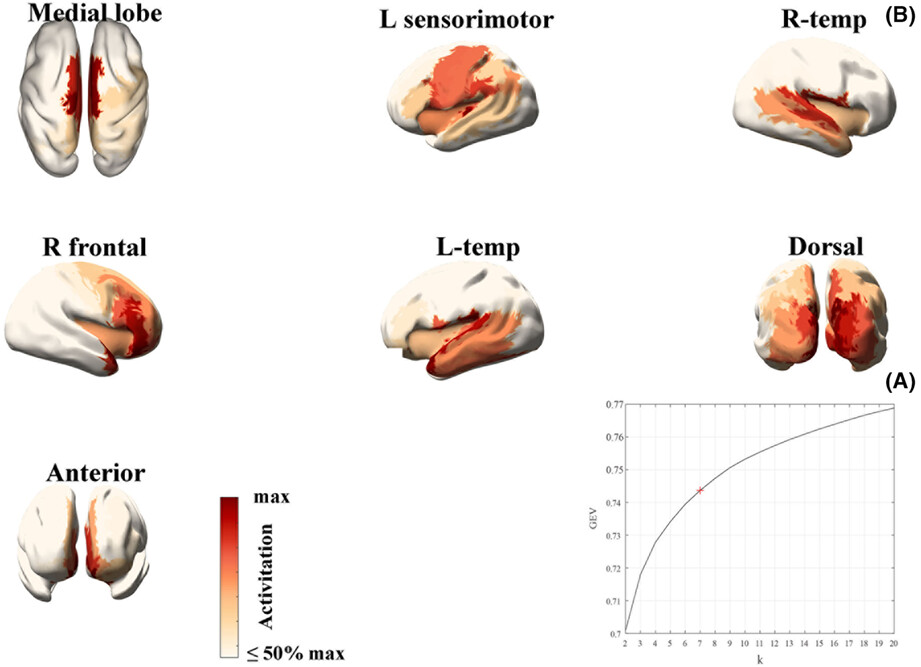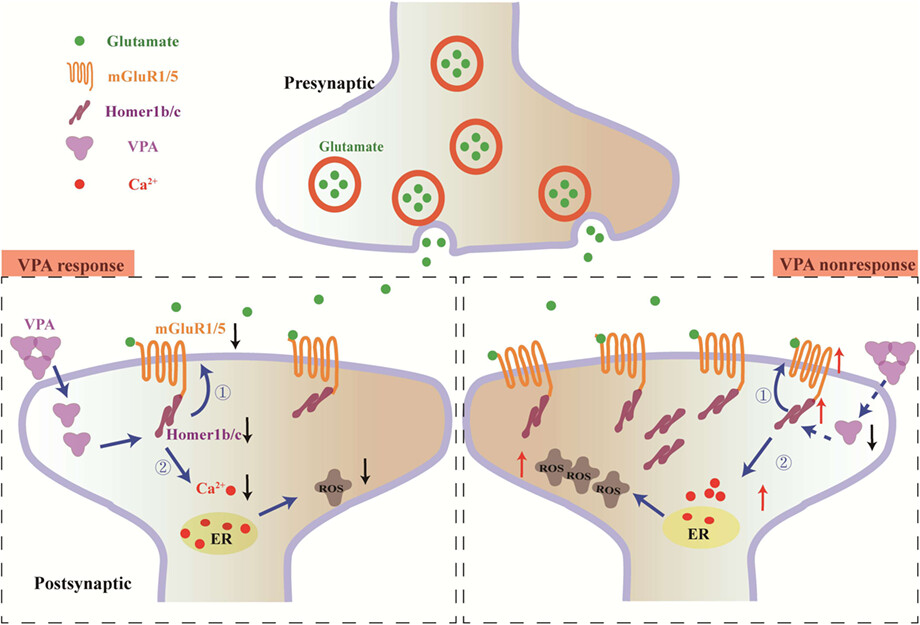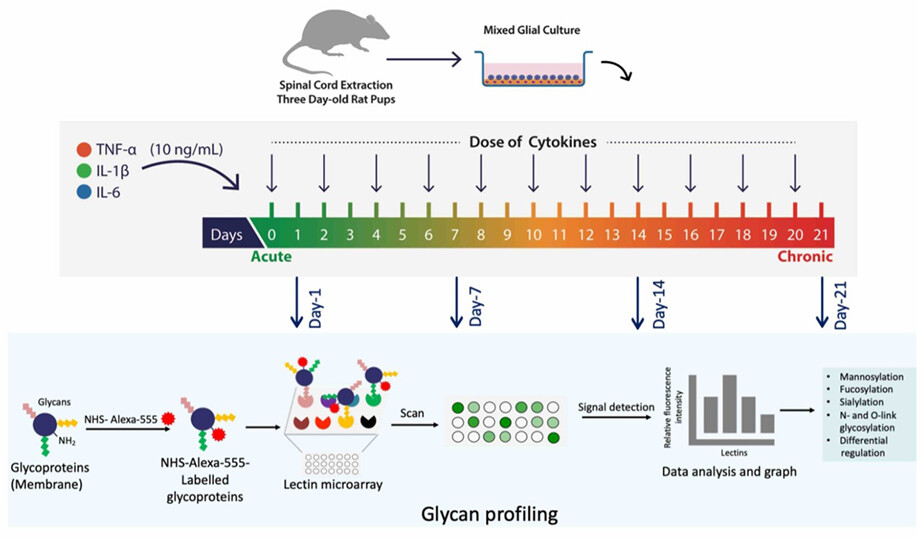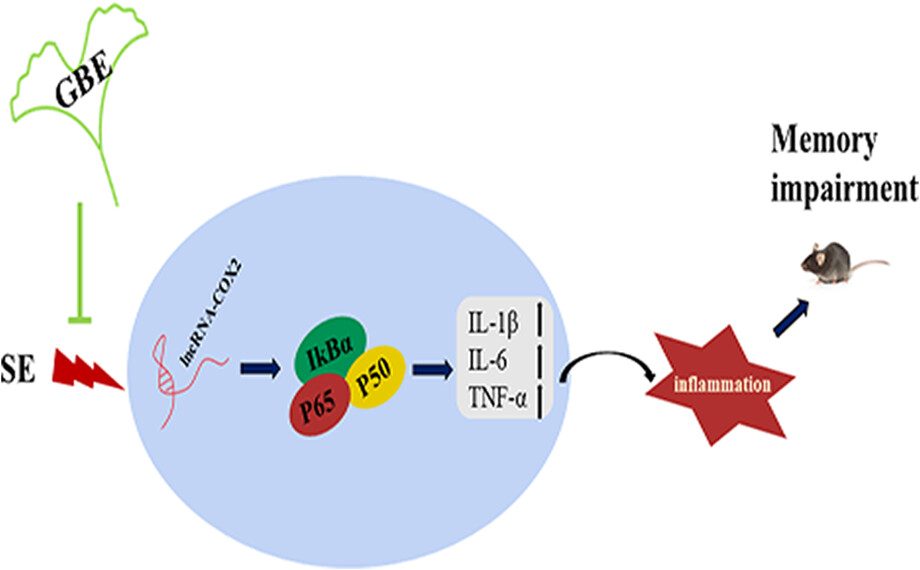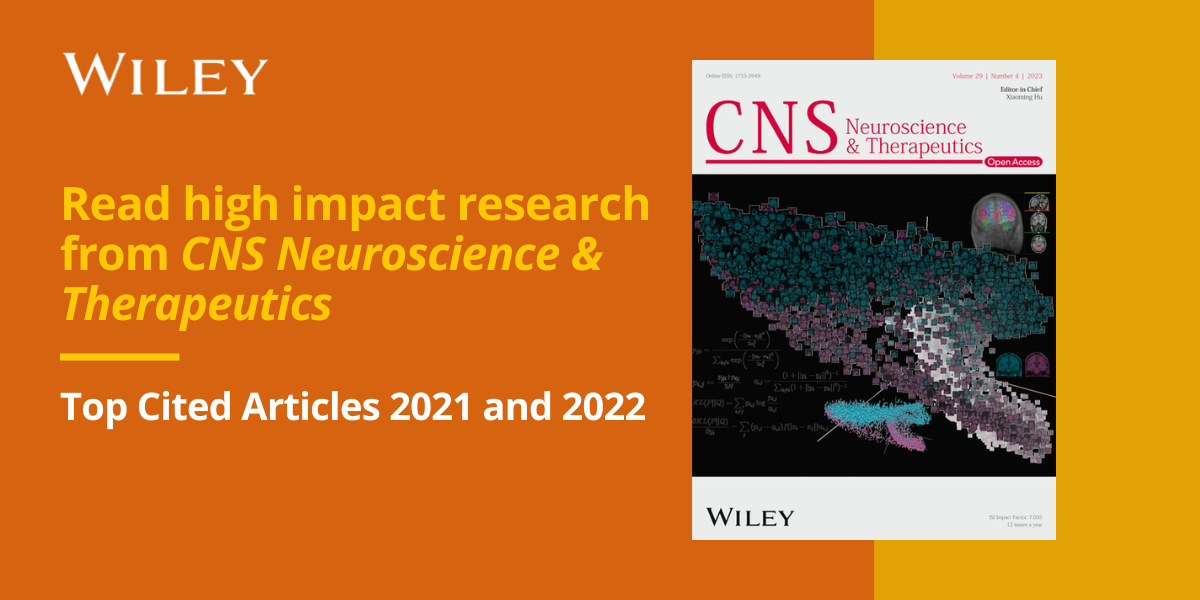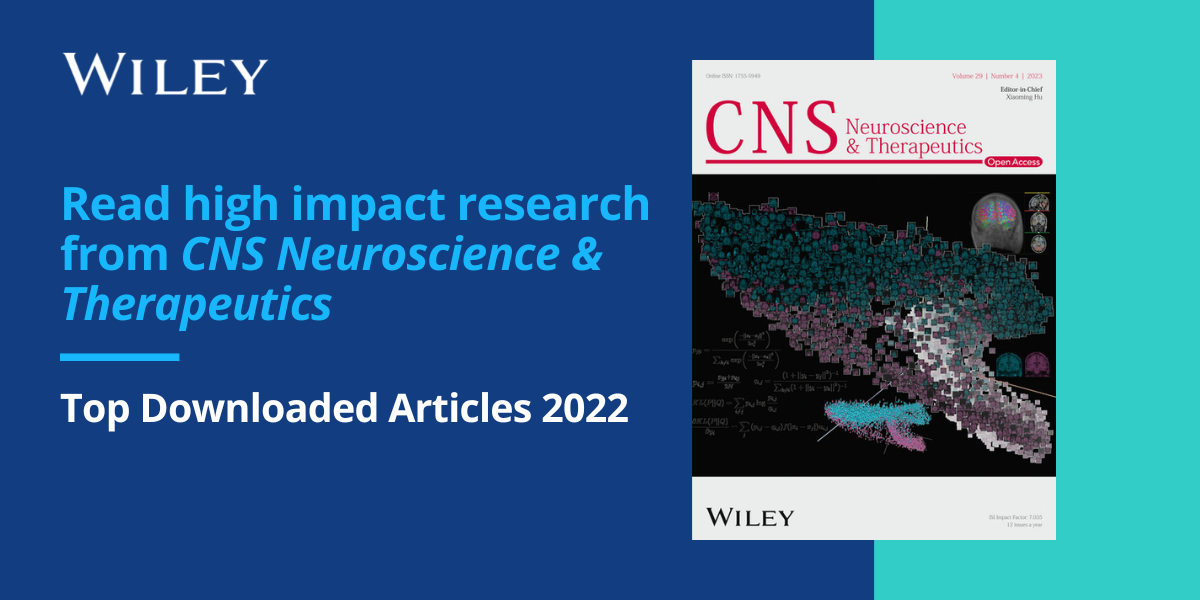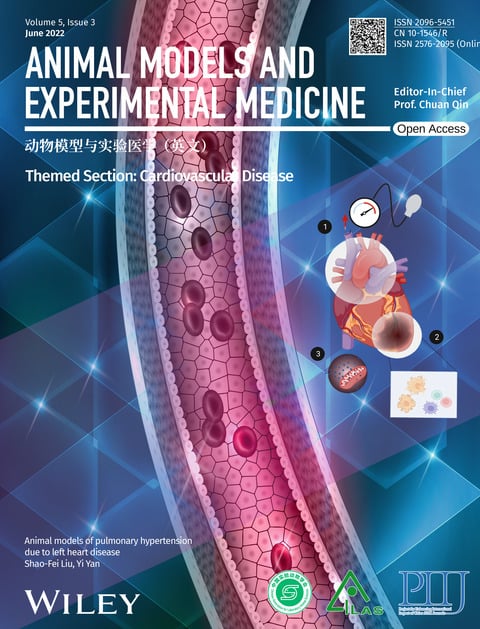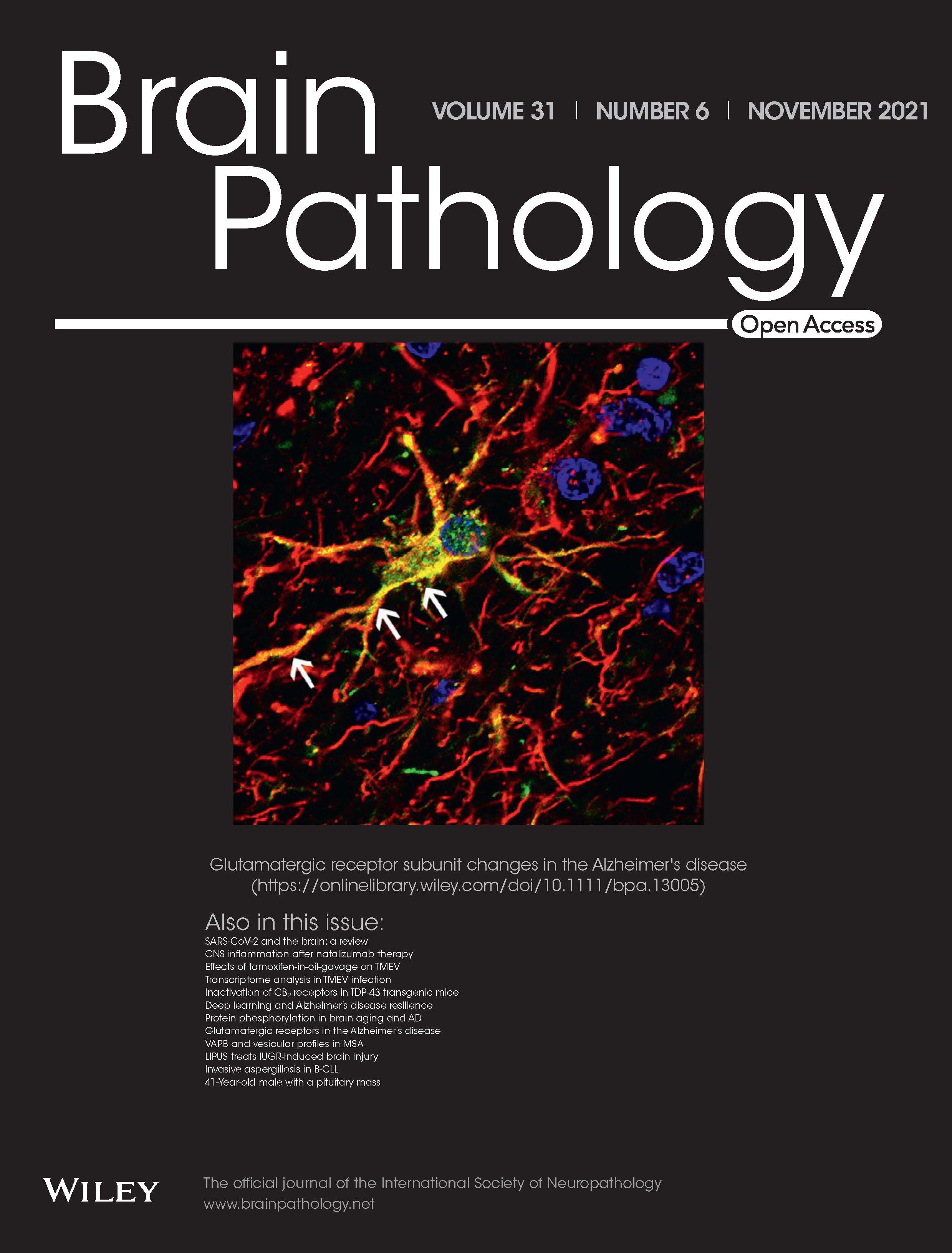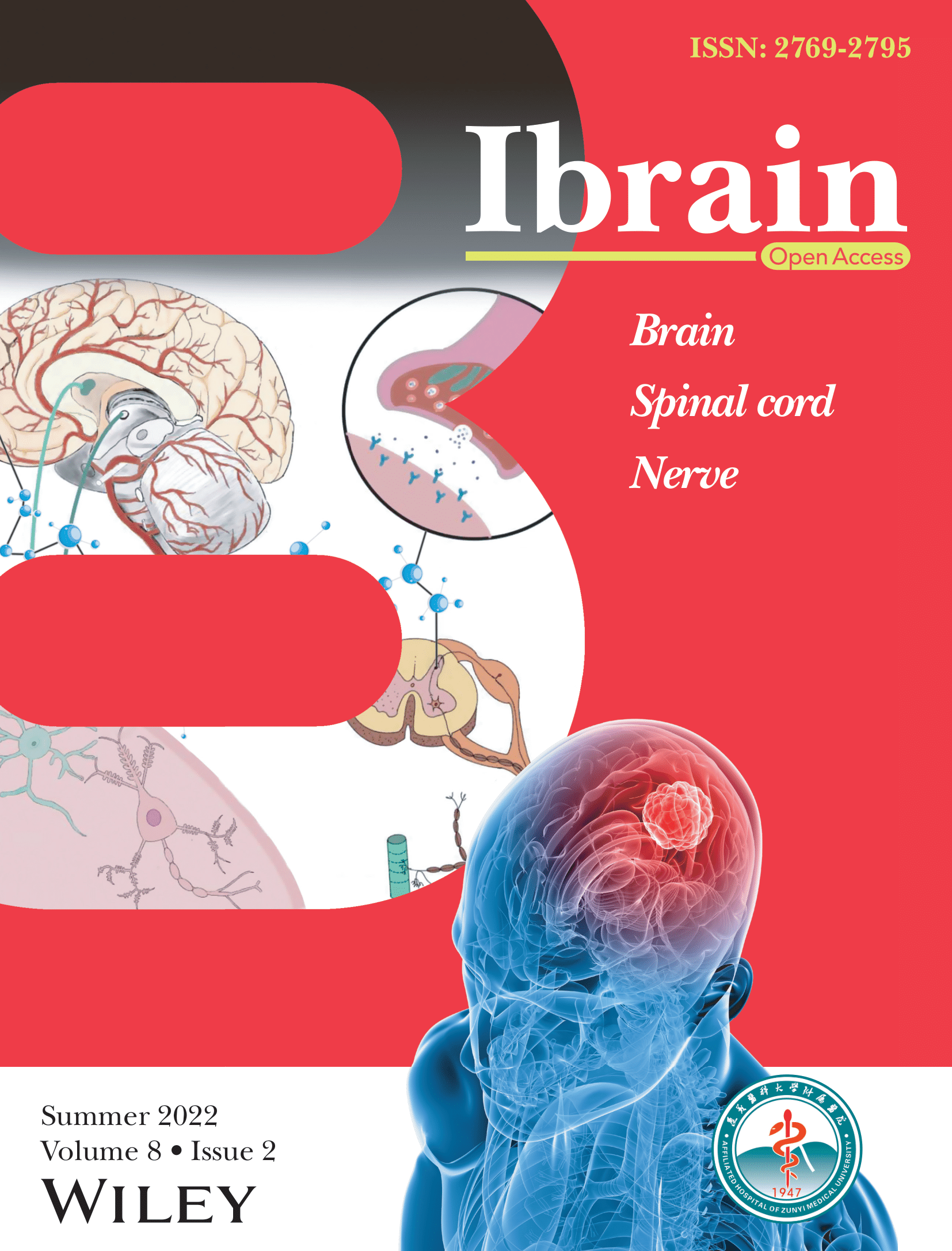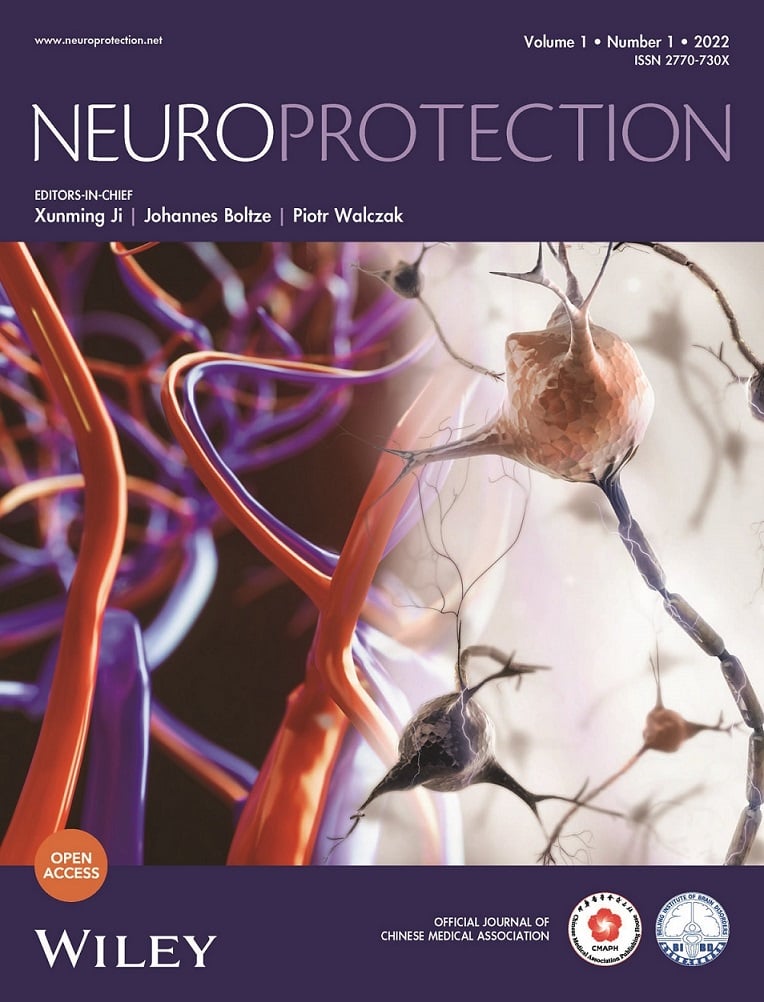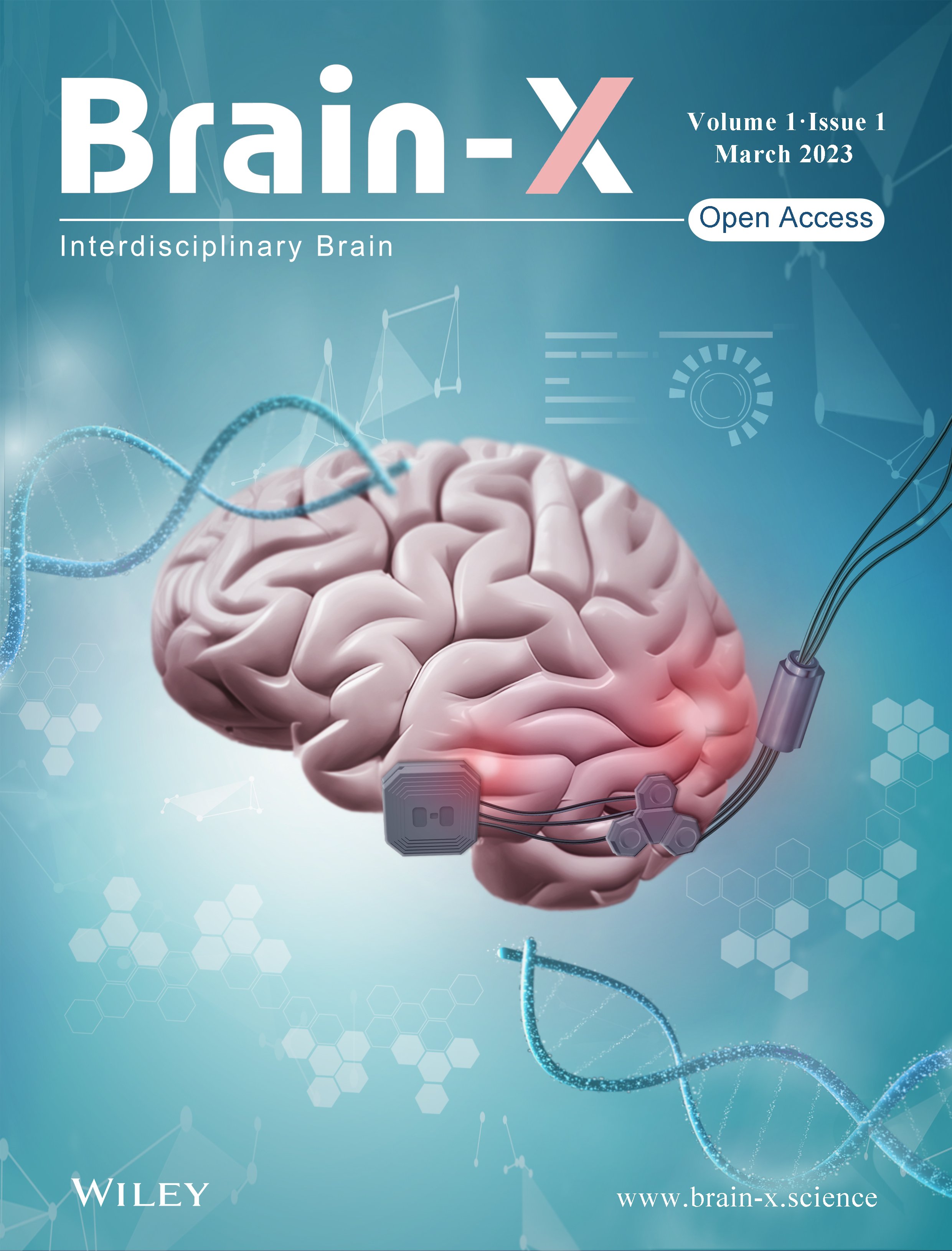Journal list menu
Export Citations
Download PDFs
COVER IMAGE
Front cover
- Page: i
- First Published: 31 December 2022
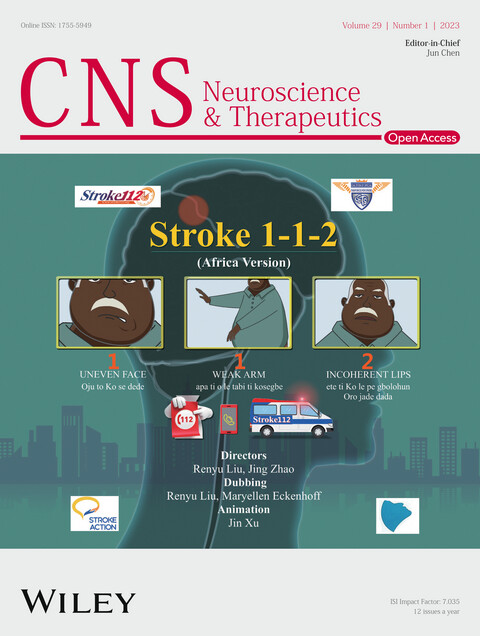
The cover image is based on the Commentary Prehospital stroke care in Africa: The reality and potential solutions by Rita Melifonwu et al., https://doi.org/10.1111/cns.14005.
ISSUE INFORMATION
EDITORIAL COMMENTARY
Prehospital stroke care in Africa: The reality and potential solutions
- Pages: 5-7
- First Published: 01 November 2022
REVIEWS
Therapeutic potential of brain stimulation techniques in the treatment of mental, psychiatric, and cognitive disorders
- Pages: 8-23
- First Published: 13 October 2022

Diagrams of representative non-invasive and invasive brain stimulation techniques. (A) represents the standard figure-eight transcranial magnetic stimulation (TMS) coil, which is connected to intensity and pulse regulator. (B) exhibits bipolar transcranial direct current stimulation (tDCS) electrodes and current regulator. (C) shows deep brain stimulation (DBS) microelectrodes inserted in brain and connected to a stimulator implanted elsewhere.
Brain Energy Metabolism: Astrocytes in Neurodegenerative Diseases
- Pages: 24-36
- First Published: 03 October 2022
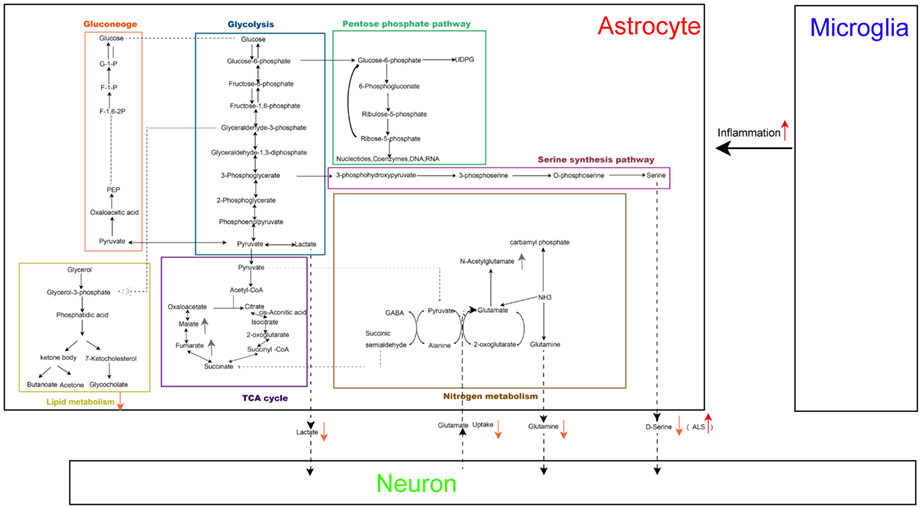
Metabolic changes of astrocytes in neurodegenerative diseases. In neurodegenerative diseases, the exchange of metabolites among astrocytes, neurons, and microglia has changed greatly, which aggravates the occurrence and development of neurodegenerative diseases. Astrocytes lose their homeostasis function. On the one hand, they are reactive to inflammatory factors of microglia. On the other hand, they fail to support the health of neurons. In addition, they also secrete many toxic factors that affect neurons.
The regulatory mechanism and therapeutic potential of transcription factor EB in neurodegenerative diseases
- Pages: 37-59
- First Published: 02 October 2022
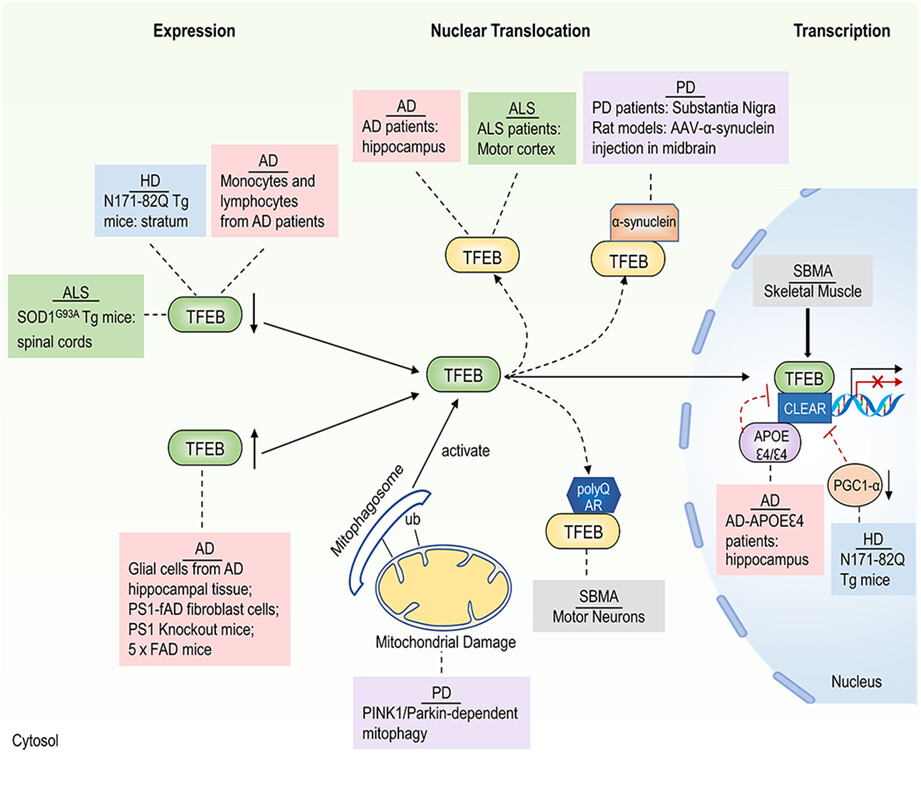
Abnormal activation of TFEB leads to dysfunction of ALP pathway in neurodegenerative diseases. Growing evidence shows that overexpression of TFEB or TFEB-targeted small molecules promotes the degradation of abnormal aggregation proteins and significantly improves the abnormal behavioral characteristics of animal models. This review mainly summarize the regulatory mechanism of TFEB and its function in neurodegenerative diseases.
META-ANALYSIS
Different functional alteration in attention-deficit/hyperactivity disorder across developmental age groups: A meta-analysis and an independent validation of resting-state functional connectivity studies
- Pages: 60-69
- First Published: 05 December 2022
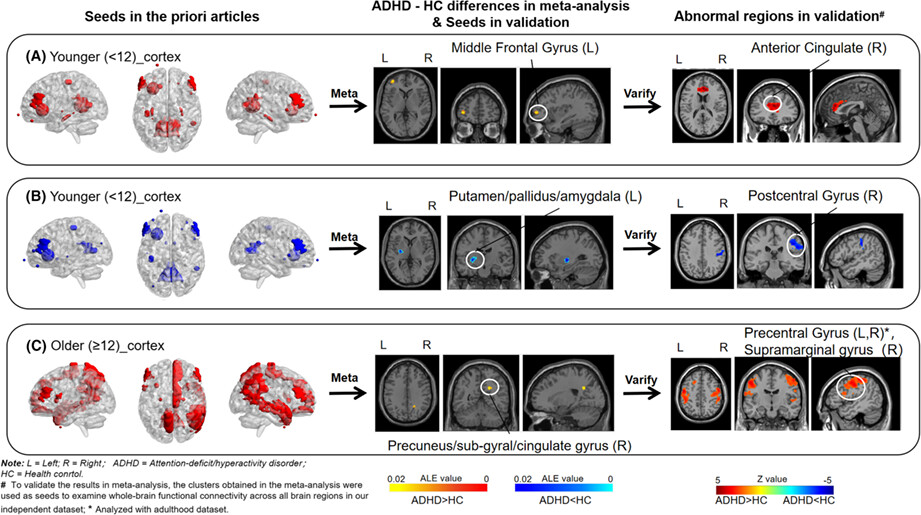
Abnormal brain connectivity in ADHD might be influenced by developmental ages which might lead to the lacking of significant spatial convergence across studies. Cortico-cortical and cortical-subcortical connectivity might be an essential aspect in the pathophysiology of children with ADHD, while abnormal cortico-cortical connections were more important for older ADHD (mainly for adults with ADHD).
ORIGINAL ARTICLES
Effect of neurofilament analysis on the diagnostic delay in amyotrophic lateral sclerosis
- Pages: 70-77
- First Published: 01 September 2022
Swimming exercise is a promising early intervention for autism-like behavior in Shank3 deletion rats
- Pages: 78-90
- First Published: 11 October 2022
MicroRNA-140-5p inhibitor attenuates memory impairment induced by amyloid-ß oligomer in vivo possibly through Pin1 regulation
- Pages: 91-103
- First Published: 02 October 2022
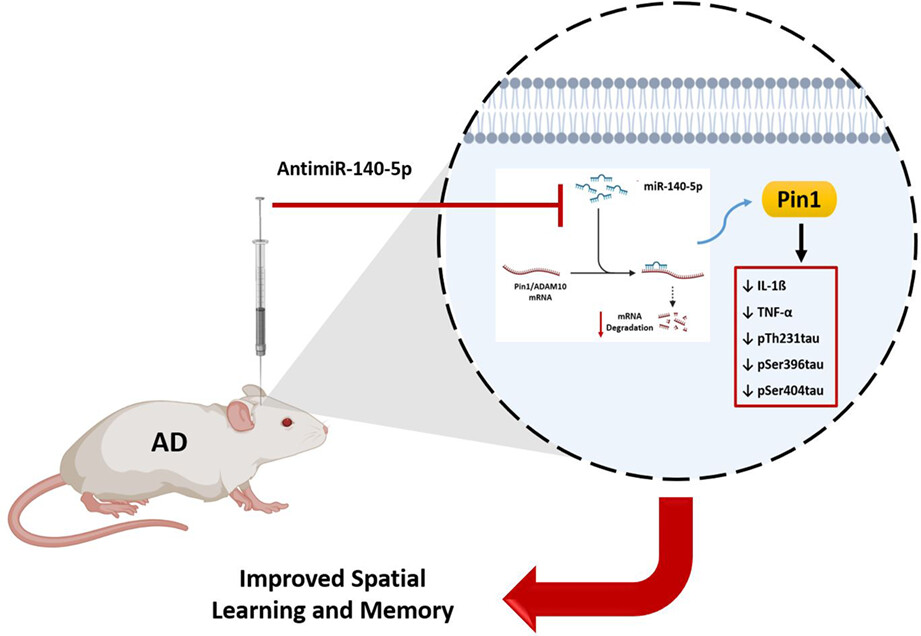
miRNA-140-5p inhibitor ameliorated cognitive deficits induced by AßO. Further, miR-140-5p downregulation was associated with suppressing neuroinflammation and abnormal tau phosphorylation. This study exhibits a crucial role for miR-140-5p in the key events of oligomeric amyloid-beta induced neurotoxicity, which may serve as a potential therapeutic target for AD.
The use of ketamine as a neuroprotective agent following cardiac arrest: A scoping review of current literature
- Pages: 104-110
- First Published: 02 October 2022

Ketamine holds promise as a neuroprotective agent through attenuating damage caused by the excitotoxic cascade. Though extensively studied in a stroke model, application to post-cardiac arrest brain injury has been overlooked. This scoping review summarizes the mechanism of ketamine neuroprotection as applicable to post-cardiac arrest brain injury, and existing evidence for the benefits of its use.
Diffusion along perivascular spaces provides evidence interlinking compromised glymphatic function with aging in Parkinson's disease
- Pages: 111-121
- First Published: 02 October 2022
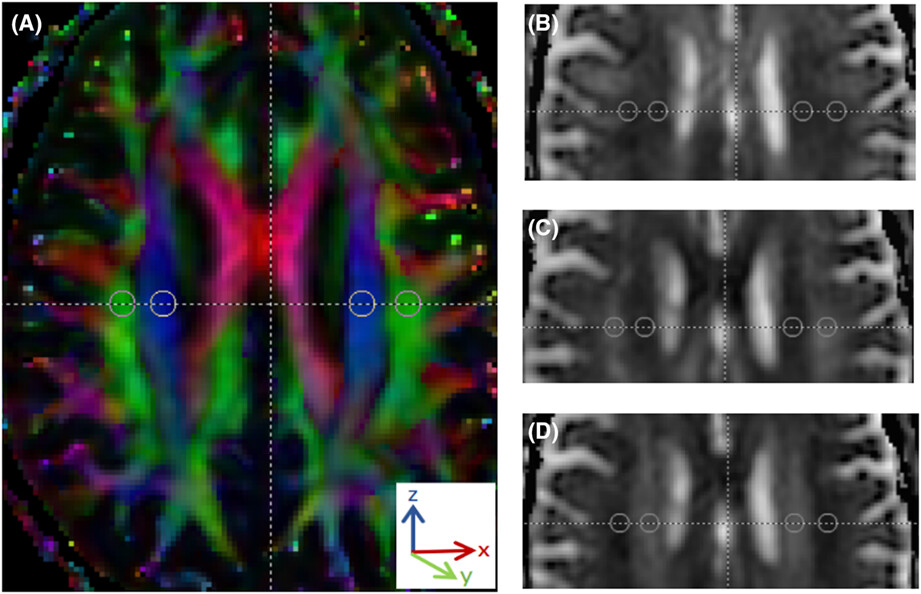
Using the noninvasive diffusion tensor image analysis along the perivascular space (DTI-ALPS) method, this study revealed compromised glymphatic circulation and its significant associations with age, age at disease onset and sleep disorders in Parkinson's disease and supported that glymphatic function may underpin the involvement of aging in the pathophysiology of Parkinson's disease.
The associations of APP, PSEN1, and PSEN2 genes with Alzheimer's disease: A large case–control study in Chinese population
- Pages: 122-128
- First Published: 10 October 2022
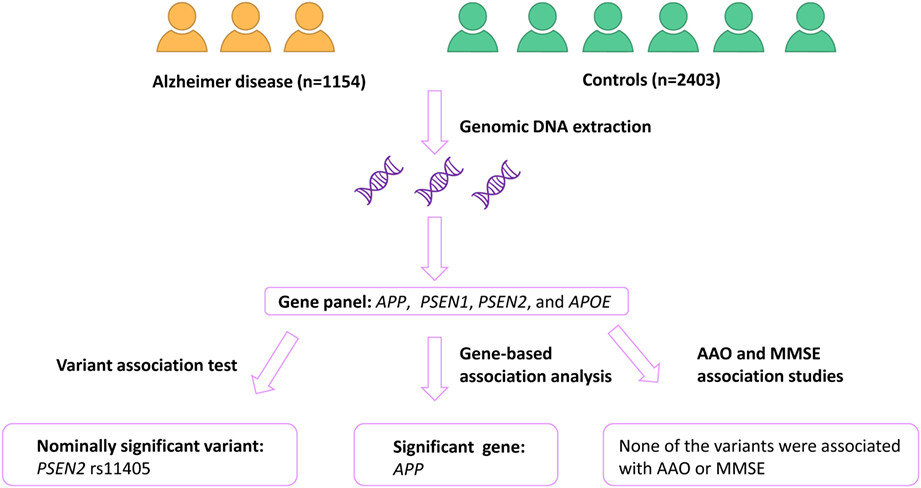
In this study, we systematically explored the relationship between Alzheimer's disease (AD) and non-pathogenic variants of APP, PSEN1, and PSEN2 in a total of 3557 individuals in a Chinese population. The common variant association test revealed that PSEN2 rs11405 were nominally associated with AD. Gene-based association analysis indicated that non-pathogenic variants in APP gene may contribute to the etiology of AD. Our study indicated that non-pathogenic variants in PSEN2 and APP may be involved in AD pathogenesis in the Chinese population.
Selective brain hypothermia attenuates focal cerebral ischemic injury and improves long-term neurological outcome in aged female mice
- Pages: 129-139
- First Published: 07 November 2022
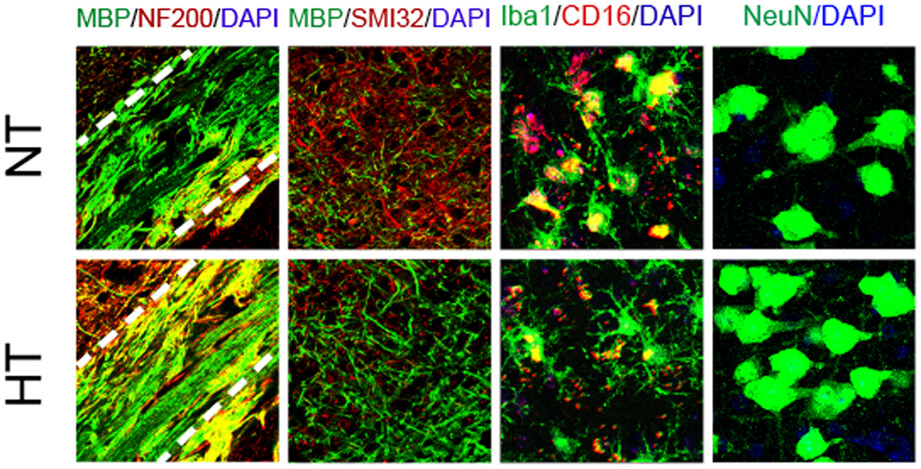
Selective brain hypothermia alleviated ischemia-induced neuronal loss and white matter injury, which was correlated with behavioral deficits. Furthermore, selective brain hypothermia suppressed the harmful immunological response by promoting the transformation of microglia/macrophages from the M1 to M2 phenotype. This polarization was negatively correlated with neuronal loss and white matter injury.
REVIEW
Gut bacterial profiles in Parkinson's disease: A systematic review
- Pages: 140-157
- First Published: 25 October 2022
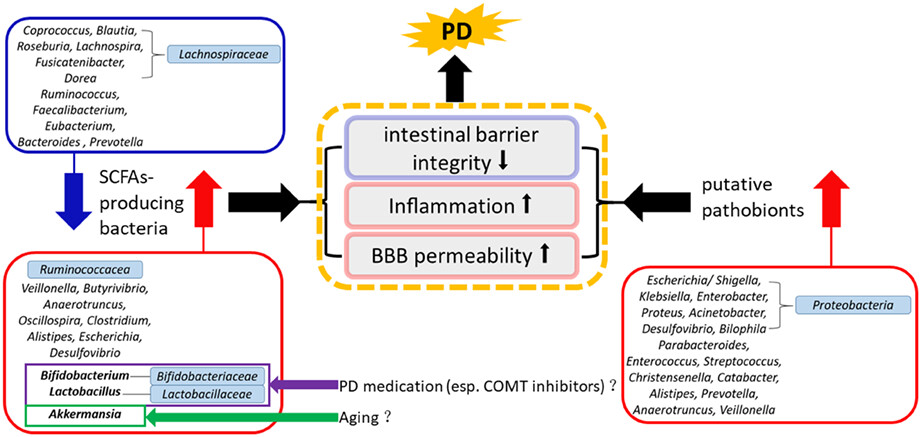
The role of gut bacteria in association with Parkinson's disease (PD) may involve the alterations of bacteria with the capacity to produce short-chain fatty acids (SCFAs) and an increase in putative pathobionts, which may work together to potentially impair the intestinal barrier and/or blood–brain barrier integrity, stimulating systemic and neural inflammation. SCFAs-producing bacteria may reduce or increase outside of an “optimal range”. Considering that Bifidobacterium, Lactobacillus, and Akkermansia are beneficial for human health, the increased Bifidobacterium and Lactobacillus may be associated with PD medications, especially COMT inhibitors, while a high level of Akkermansia may be associated with aging.
ORIGINAL ARTICLES
Comparison of logistic regression and machine learning methods for predicting postoperative delirium in elderly patients: A retrospective study
- Pages: 158-167
- First Published: 11 October 2022
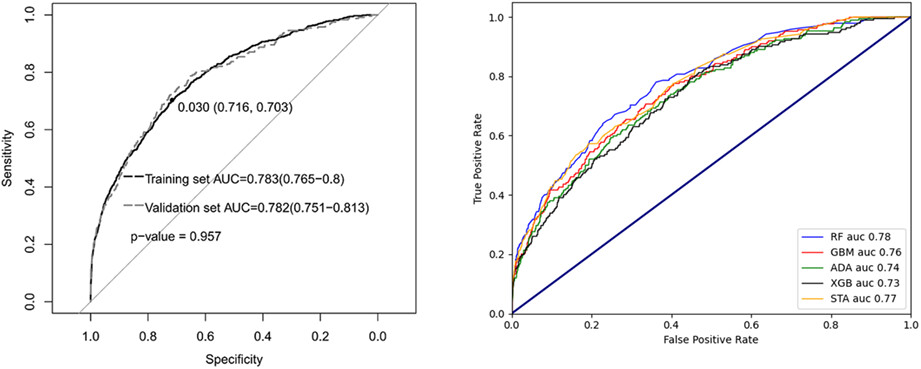
Six prediction models were constructed for POD using logistic regression, RF, AdaBoost, XGBoost, GBM, and stacking ensemble learning based on retrospective analysis of a large sample dataset. The logistic regression model had the same AUC(0.78) with the RF, and performed better than the machine learning models because of its better sensitivity, fewer variables, and easier interpretability.
Kinase inhibit region of SOCS3 attenuates IL6-induced proliferation and astrocytic differentiation of neural stem cells via cross talk between signaling pathways
- Pages: 168-180
- First Published: 10 October 2022
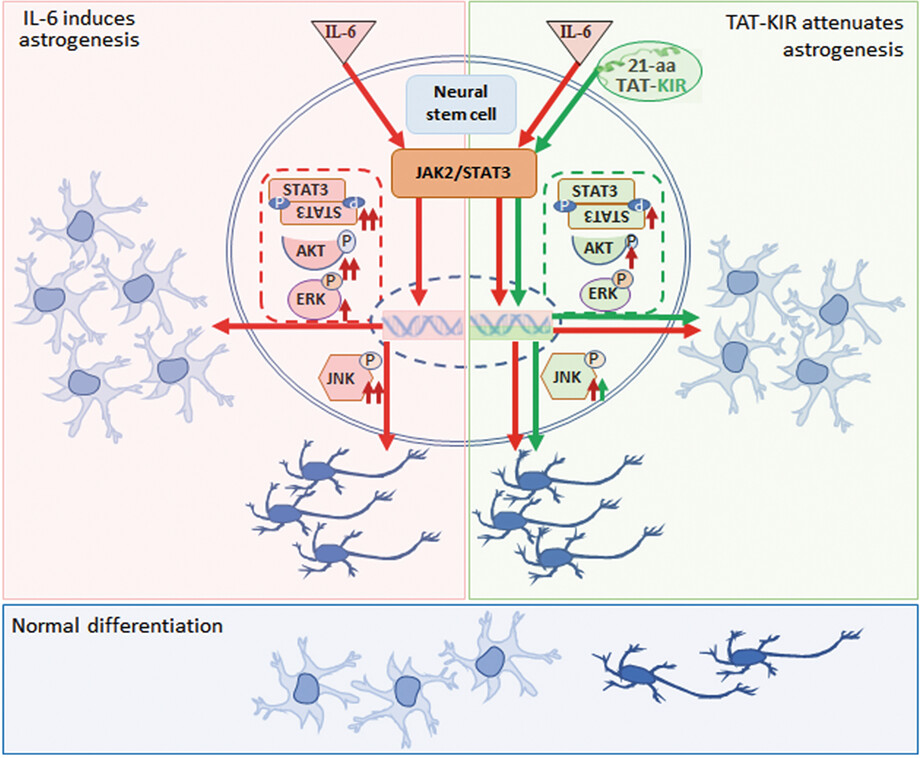
Differentiation fate of NSCs is regulated by TAT-KIR. TAT-KIR inhibits the upregulation of p-AKT and p-STAT3 synchronously after IL-6 induction, giving rise to reduced differentiation of NSCs toward astrocytes. The level of p-JNK is elevated by IL-6 or/and TAT-KIR respectively via different ways, which probably coincided with the increased neuronal differentiation of NSCs. TAT-KIR could keep the level of p-ERK at a balance between normal and inflammatory states.
Prediction of in-hospital hypokalemia using machine learning and first hospitalization day records in patients with traumatic brain injury
- Pages: 181-191
- First Published: 18 October 2022
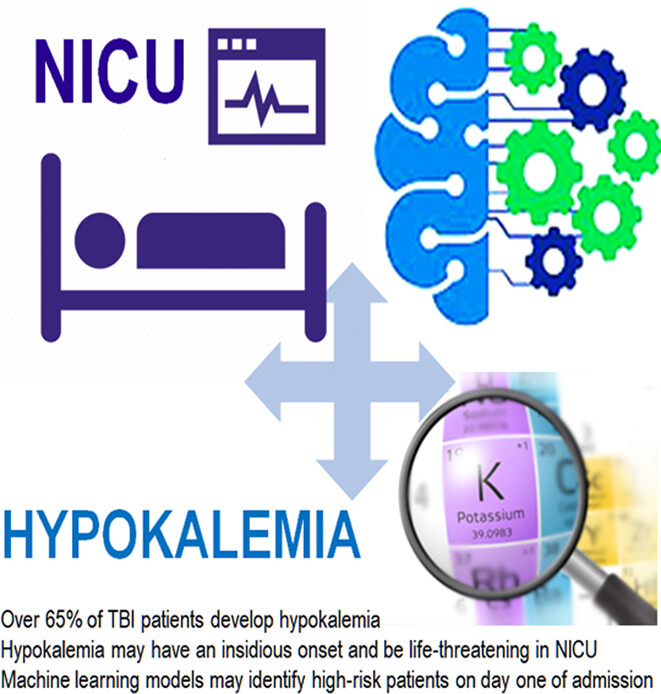
The occurrence of hypokalemia and its severity following traumatic brain injury can be predicted using first hospitalization day records and machine learning algorithms. The logistic regression algorithm showed the best predicting performance in five machine learning algorithms, verified by fivefold cross-validation and external validation to demonstrate the interpretability and generalizability of learned models.
Altered dynamic functional network connectivity in levodopa-induced dyskinesia of Parkinson's disease
- Pages: 192-201
- First Published: 13 October 2022
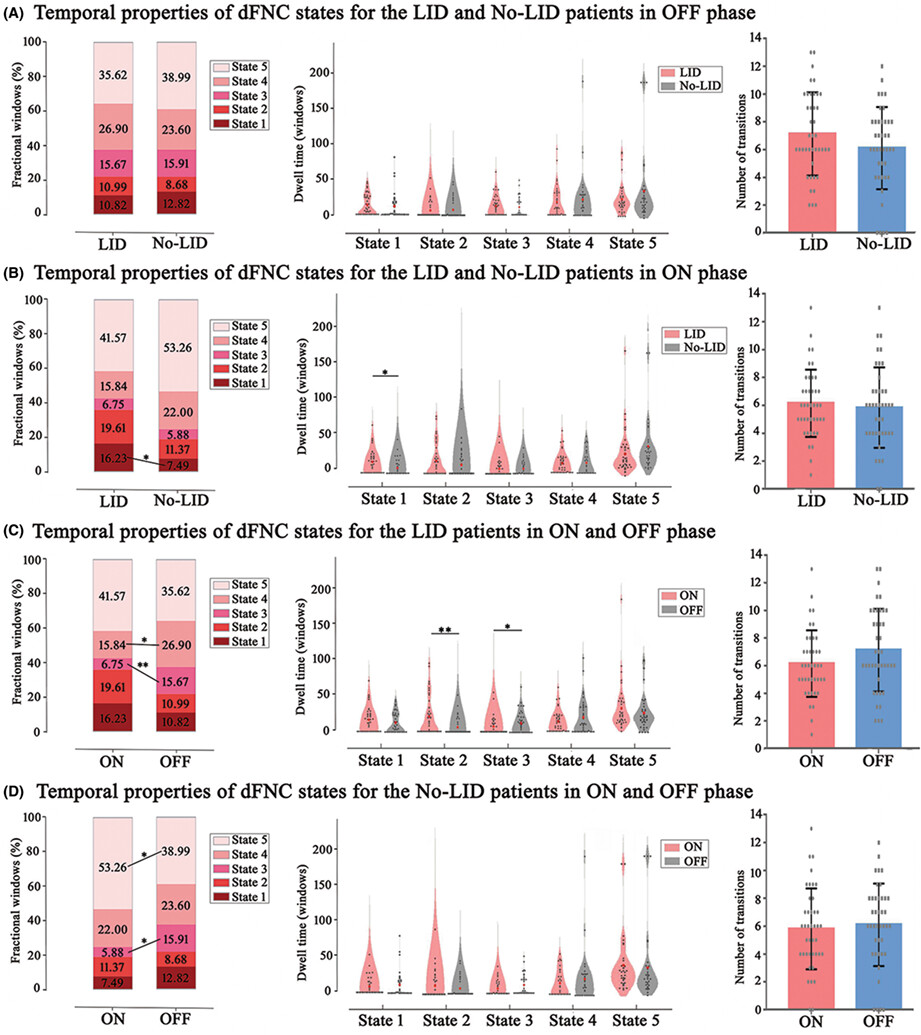
Using dFNC analysis, we found that dyskinesia may be related to the dysfunctional inhibition of cognitive executive network on motor loops and excessive excitation of visual network and sensorimotor network, which provided evidence of the changes in brain dynamics associated with the occurrence of dyskinesia.
Intermittent hypoxic conditioning restores neurological dysfunction of mice induced by long-term hypoxia
- Pages: 202-215
- First Published: 19 November 2022
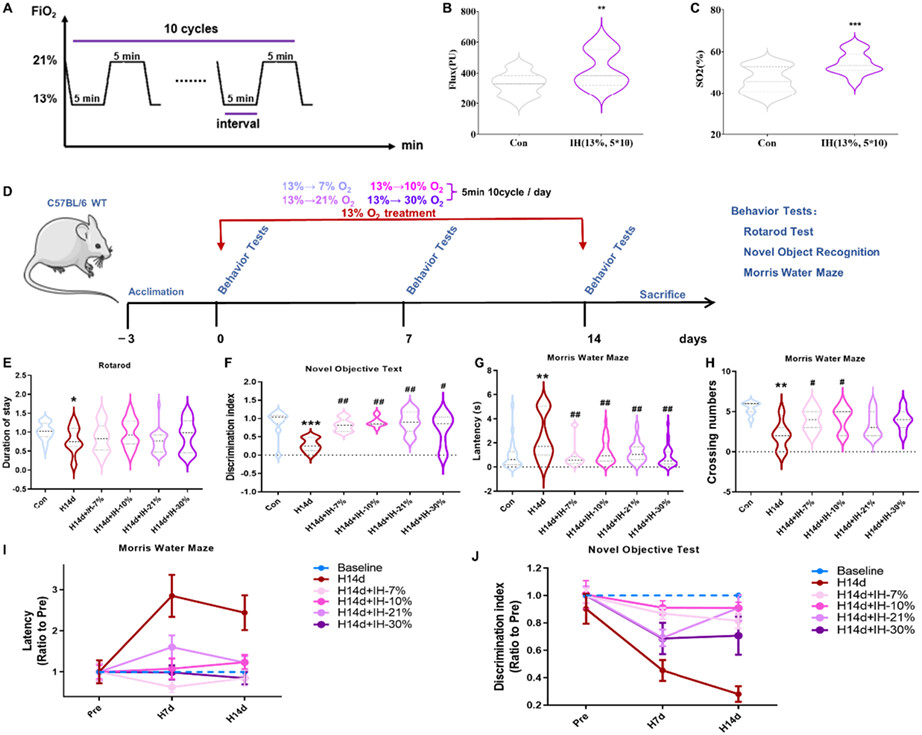
Intermittent hypoxia adaptation restores behavioral deficits induced by long-term hypoxia. (A) Pattern of intermittent hypoxia, 5 min 13% O2 and 5 min 21% O2 in total 10 cycles; (B) Intermittent hypoxia promoted increased flux in mice; (C) Intermittent hypoxia promoted the increase of SO2% in mice; (D) Schematic representation of the experimental design. The four intermittent hypoxic mode phase adaptations include Mode①: 5 min 7% O2 and 5 min 13% O2, a total of 10 cycles. Mode②: 5 min 10% O2 and 5 min 13% O2, a total of 10 cycles. Mode③: 5 min 21% O2 and 5 min 13% O2, a total of 10 cycles. Mode④: 5 min 30% O2 and 5 min 13% O2, a total of 10 cycles. Behavioral tests were performed at 0, 7, and 14 d of hypoxia treatment. (E) The recordings of mice duration on the rotarod test. (F) The discrimination index of mice in novel object recognition. (G, H) The latency and the crossing numbers of mice were recorded in the Morris water maze test. (I, J): Comparison of the effects of four modes of intermittent hypoxia adaptation to alleviate cognitive impairment induced by long-term hypoxia. Data are expressed as the mean ± SEM, n = 10; *p < 0.05; **p < 0.01 versus the Con group. #p < 0.05 versus the H14d group.
Netrin-1 upregulates GPX4 and prevents ferroptosis after traumatic brain injury via the UNC5B/Nrf2 signaling pathway
- Pages: 216-227
- First Published: 05 December 2022
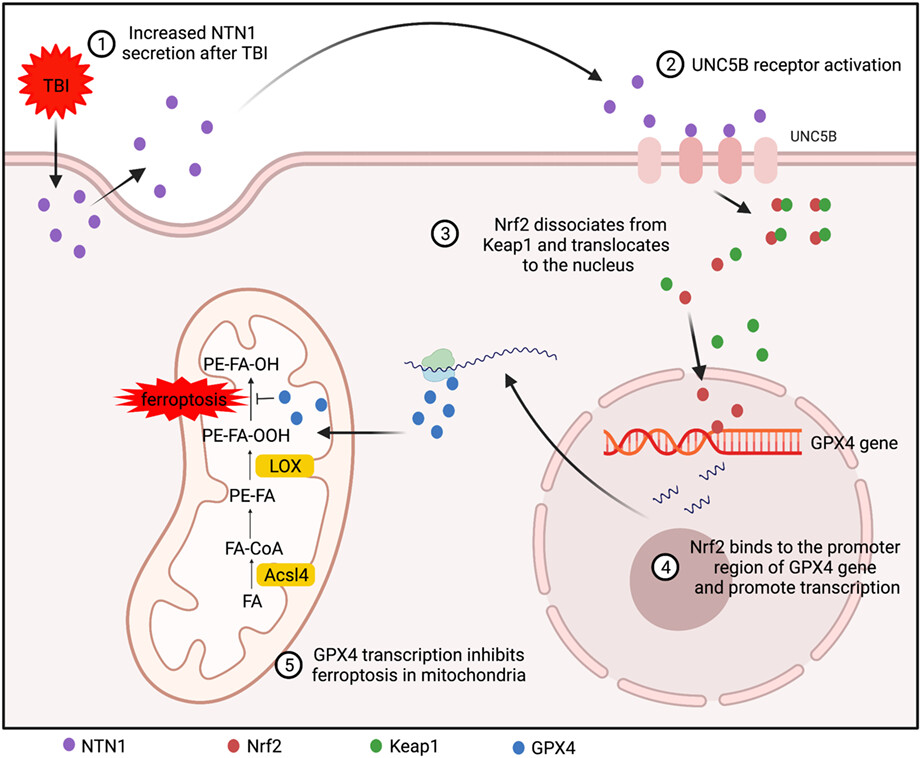
The schematic diagram of neuroprotective and anti-ferroptotic effects of Netrin-1: Upregulation of NTN1 and activation of UNC5B receptor after TBI promote Nrf2 nuclear translocation and enhance GPX4 transcription. Exogenous Netrin-1 treatment alleviates ferroptosis and improves neurological deficits.
Depletion of SASH1, an astrocyte differentiation-related gene, contributes to functional recovery in spinal cord injury
- Pages: 228-238
- First Published: 26 October 2022
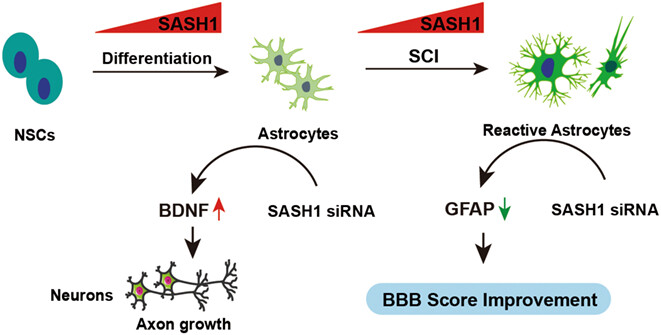
SASH1 expression increased significantly during NSCs differentiation into glial cells and spinal cord injury (SCI). SASH1 knockdown in primary astrocytes increased the release of BDNF and promoted axonal growth; SASH1 knockdown significantly reduced astrocytes activation and improved the recovery of function after SCI.
Hyperbaric oxygen improves depression-like behaviors in chronic stress model mice by remodeling gut microbiota and regulating host metabolism
- Pages: 239-255
- First Published: 19 October 2022
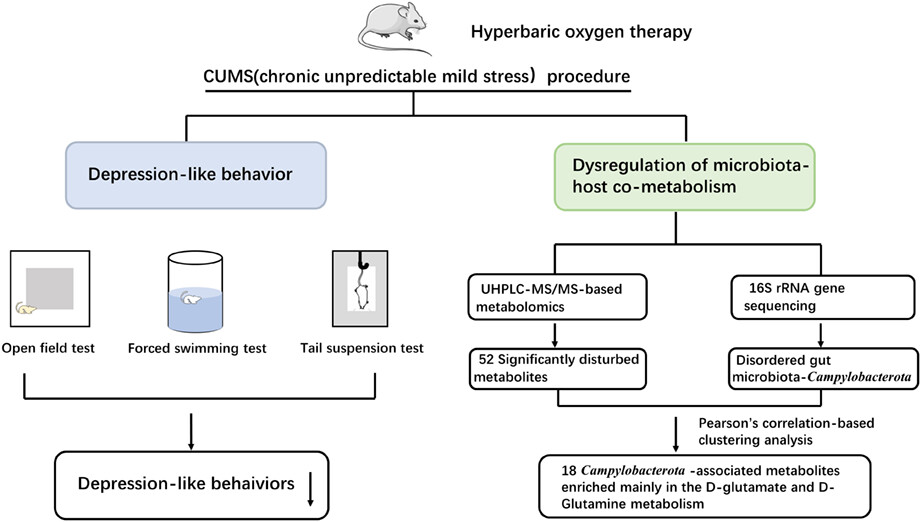
Campylobacterota was the most abundant microbiota enriched in chronic stress mice based on 16S rRNA gene sequencing. Campylobacterota-associated metabolites were significantly enriched mainly in the d-glutamate and d-glutamine metabolism through UHPLC-MS/MS-based metabolomics. Hyperbaric oxygen improves depression-like behaviors in chronic stress model mice by mainly regulating gut flora-associated metabolites.
Ginsenoside Rg1 promotes astrocyte-to-neuron transdifferentiation in rat and its possible mechanism
- Pages: 256-269
- First Published: 09 November 2022
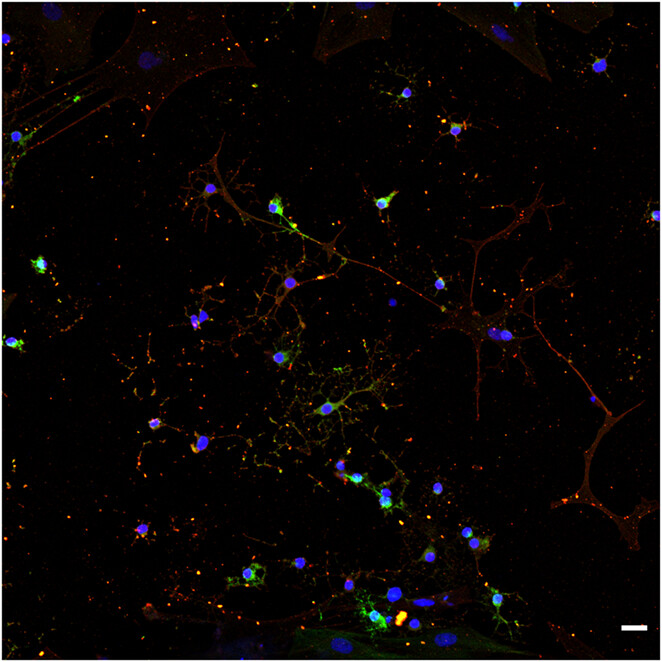
Ginsenoside Rg1, a neuroprotective herb, could promote the repair of injury neurons and reverse motor dysfunction caused by spinal cord injury (SCI). In this study, ginsenoside Rg1 is proven to have positive effects on the directly transdifferentiation of astrocyte-to-neuron after SCI in vivo and vitro. The underlying mechanism of this process may proceed by blocking Notch/Stat3 signal pathway. The intervention of ginsenoside Rg1 could give a novel and optional select to the clinical applications.
Phenotypic expansion of KCNH1-associated disorders to include isolated epilepsy and its associations with genotypes and molecular sub-regional locations
- Pages: 270-281
- First Published: 25 October 2022
Automated machine learning-based model for the prediction of delirium in patients after surgery for degenerative spinal disease
- Pages: 282-295
- First Published: 18 October 2022
The temporal dynamics of Large-Scale brain network changes in disorders of consciousness: A Microstate-Based study
- Pages: 296-305
- First Published: 01 November 2022
Inhibition of the expression of rgs-3 alleviates propofol-induced decline in learning and memory in Caenorhabditis elegans
- Pages: 306-316
- First Published: 25 October 2022
Targeting CCL5 signaling attenuates neuroinflammation after seizure
- Pages: 317-330
- First Published: 28 November 2022
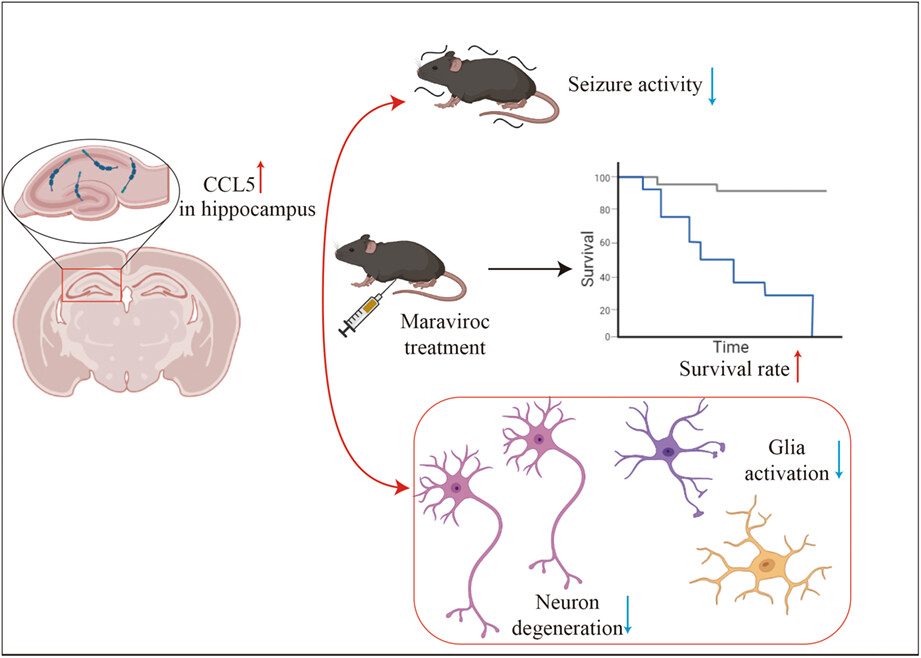
The spatial transcriptome demonstrated that the expression level of CCL5 in the hippocampus of KA-induced seizure mice model was significantly increased. Under the treatment of maraviroc, the reduction of seizure behavior, neuronal degeneration, and glial cell activation were observed, and the survival rate of seizure mice was improved.
Overexpression of Homer1b/c induces valproic acid resistance in epilepsy
- Pages: 331-343
- First Published: 09 November 2022
Deep brain stimulation improves electroencephalogram functional connectivity of patients with minimally conscious state
- Pages: 344-353
- First Published: 15 November 2022
THIS ARTICLE HAS BEEN RETRACTED
RETRACTED: Pentoxifylline as an adjunctive in treatment of negative symptoms in chronic schizophrenia: A double-blind, randomized, placebo-controlled trial
- Pages: 354-364
- First Published: 07 November 2022
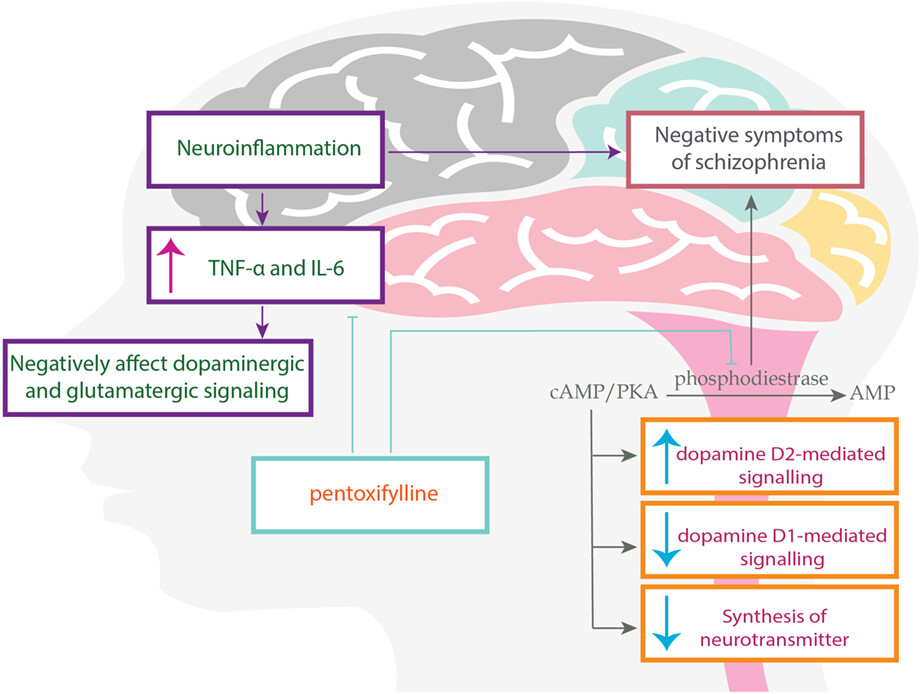
Phosphodiesterases and inflammation play a role in the pathophysiology of schizophrenia negative symptoms. Treatment with the PDE inhibitor pentoxifylline improve the expression of cAMP and decreases the expression of inflammatory cytokines including TNF-α and IL-6. Upregulation of cAMP/PKA signaling triggers the synthesis of dopamine at dopaminergic synapse, blocks the dopamine D2-receptor, and activates dopamine D1-receptor in striatonigral neurons. Pentoxifylline adjunctive therapy with risperidone for 8-weeks demonstrated a favorable efficacy and safety profile in improving the negative symptoms in patients with chronic schizophrenia.
ORIGINAL ARTICLES
Disruption of Mitochondrial-associated ER membranes by HIV-1 tat protein contributes to premature brain aging
- Pages: 365-377
- First Published: 23 November 2022
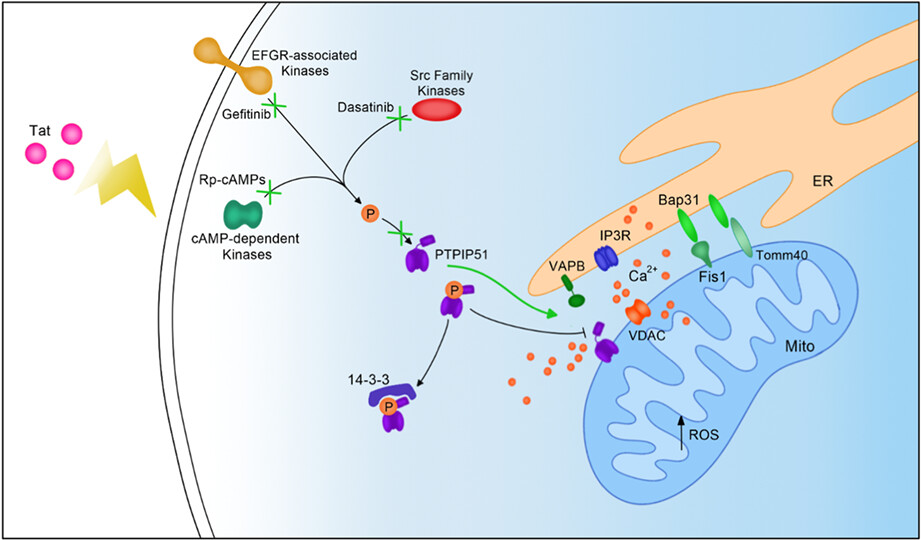
Schematic illustrating the effect of Tat on MAMs in neurons. Tat affects the interaction between MAM tethering proteins IP3R and VDAC, Bap31 and Fis1, Bap31 and Tomm40, and PTPIP51 and VDAC. The affected MAM tethering leads to dysregulated calcium transfer between the ER and mitochondria and increased ROS. Tat also affects PTPIP51 phosphorylation and thus its localization to MAMs. Kinase inhibitors gefitinib, dasatinib, and Rp-cAMPs together can block PTPIP51 tyrosine phosphorylation even in the presence of Tat and can lead to PTPIP51 and VAPB interactions.
Claustrum modulates behavioral sensitivity and EEG activity of propofol anesthesia
- Pages: 378-389
- First Published: 09 November 2022
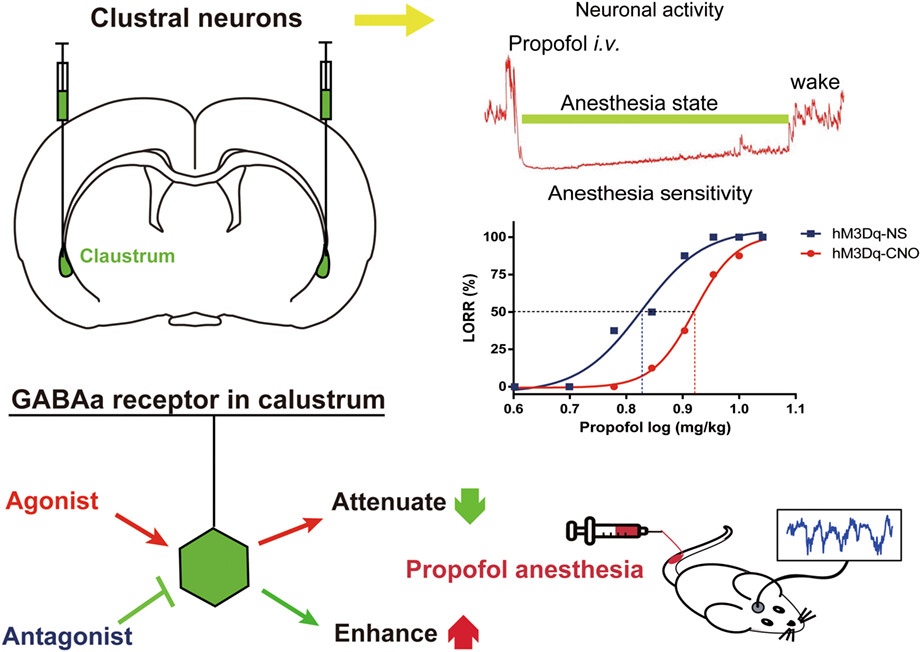
Claustrum neuronal activity is dramatically suppressed in propofol anaesthesia. Activation of claustral neurons resulted in an attenuated propofol sensitivity, shorter anaesthesia duration, and a wake shift of EEG. GABAa receptors in the claustrum also modulate anaesthesia sensitivity and cortical delta waves.
Hippocampus-prefrontal cortex inputs modulate spatial learning and memory in a mouse model of sepsis induced by cecal ligation puncture
- Pages: 390-401
- First Published: 15 November 2022
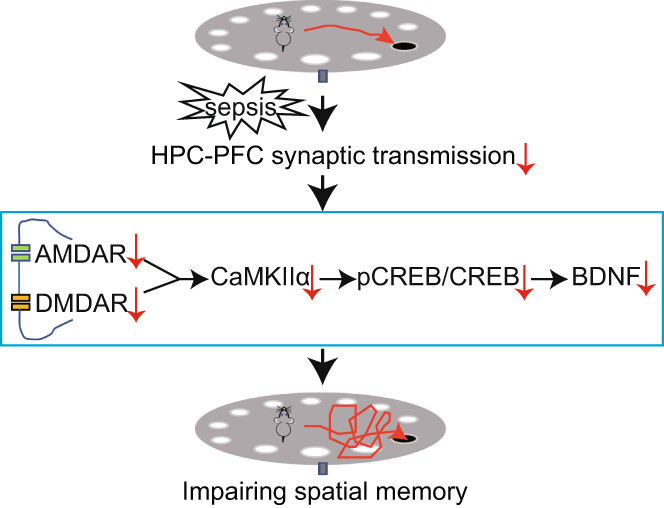
The proposed mechanism of sepsis-associated encephalopathy. HPC-PFC pathway plays an important role in cognitive dysfunction in sepsis-associated encephalopathy (SAE). Specifically, CaMKII/CREB/BDNF pathway in the glutamate receptor-mediated downstream signaling appears to be an important molecular mechanism linking the HPC-mPFC pathway with impairing spatial memory in SAE.
The sound stimulation method and EEG change analysis for development of digital therapeutics that can stimulate the nervous system: Cortical activation and drug substitution potential
- Pages: 402-411
- First Published: 15 November 2022
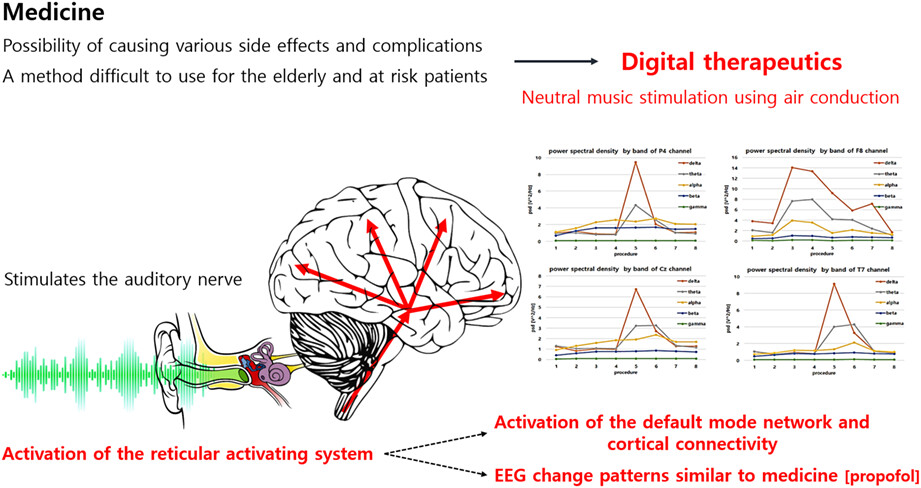
Digital therapeutics using sound stimulation has the potential to be used as a safe treatment method that can replace neuropharmacological treatment and electrical stimulation. Stimulation of the auditory nerve using neutral music and air conduction can induce the activation of the reticular activating system. Finally, It was confirmed that the stimulation has a value that can replace drugs by inducing changes in the nervous system similar to those induced by propofol for the sedative effect.
White matter integrity mediates the associations between white matter hyperintensities and cognitive function in patients with silent cerebrovascular diseases
- Pages: 412-428
- First Published: 22 November 2022

These findings may provide an underlying mechanism that white matter hyperintensities affects executive function and information processing speed via impairing the white matter integrity. It may be helpful in providing theoretical basis for rehabilitation strategies of cognitive function in patients with silent cerebrovascular diseases.
An insight into new glycotherapeutics in glial inflammation: Understanding the role of glycosylation in mitochondrial function and acute to the chronic phases of inflammation
- Pages: 429-444
- First Published: 15 November 2022
Multiple drug transporters contribute to the brain transfer of levofloxacin
- Pages: 445-457
- First Published: 17 October 2022
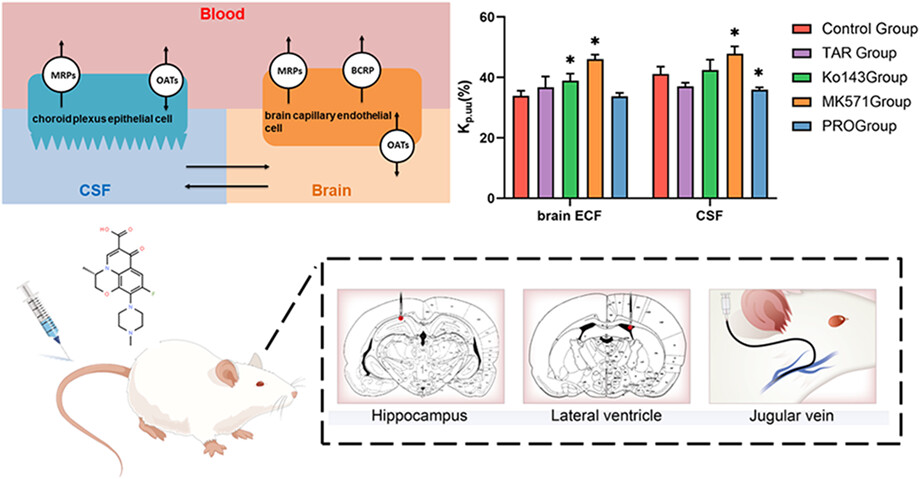
Efflux of levofloxacin from the CNS involves MRPs, BCRP, and OATs. MRPs are the major drug transporter limiting levofloxacin distribution in brain and its inhibitors can effectively improve blood–brain and blood–cerebrospinal fluid barrier permeability of levofloxacin. In addition, CSF can be used as a surrogate to predict the brain ECF concentration of levofloxacin.
Acupuncture promotes nerve repair through the benign regulation of mTOR-mediated neuronal autophagy in traumatic brain injury rats
- Pages: 458-470
- First Published: 24 November 2022
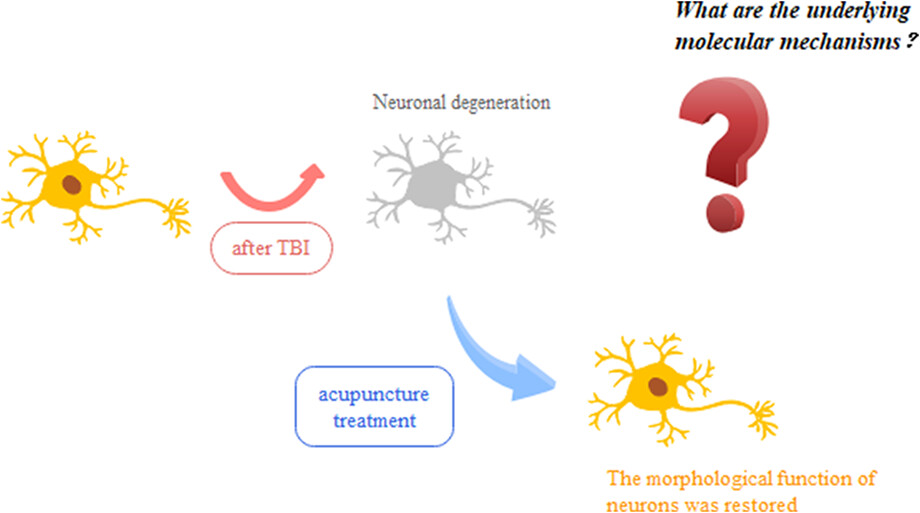
Neuronal damage of traumatic brain injury (TBI) rats commonly leads to severe neurological dysfunctions. Pathological results show that cortical neurons in TBI rats exhibit a wide range of degenerative changes, including atrophy, deformation, and disordered alignment, which can be improved by acupuncture. These results raise the question of the underlying molecular mechanism of acupuncture-induced morphological restoration of neurons in TBI rats.
Inflammatory mechanisms of Ginkgo Biloba extract in improving memory functions through lncRNA-COX2/NF-κB pathway in mice with status epilepticus
- Pages: 471-482
- First Published: 23 November 2022
LETTER TO THE EDITOR
A marked enhancement of a BLOC-1 gene, pallidin, associated with somnolent mouse models deficient in histamine transmission
- Pages: 483-486
- First Published: 18 October 2022




